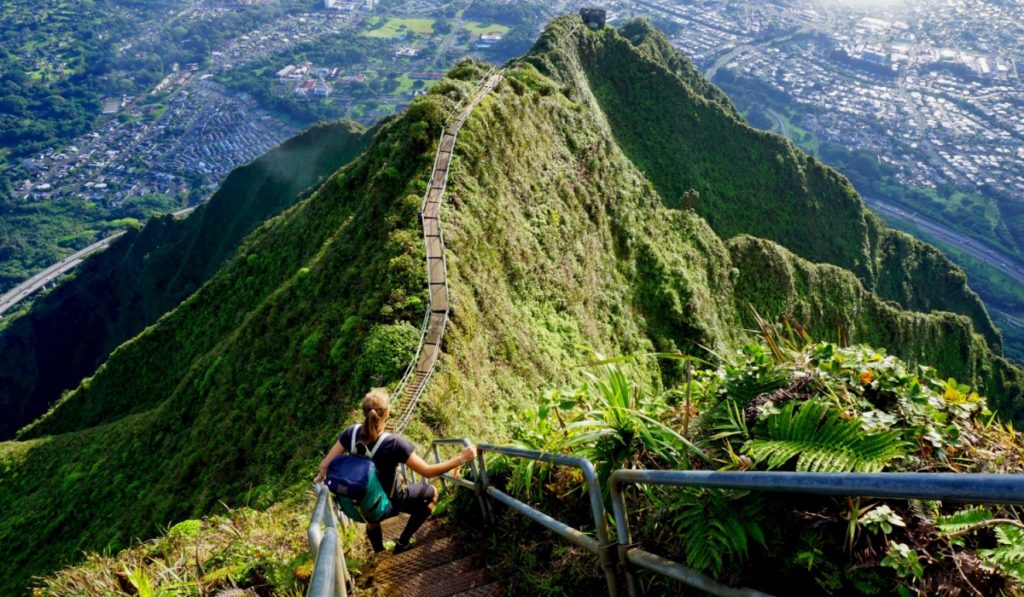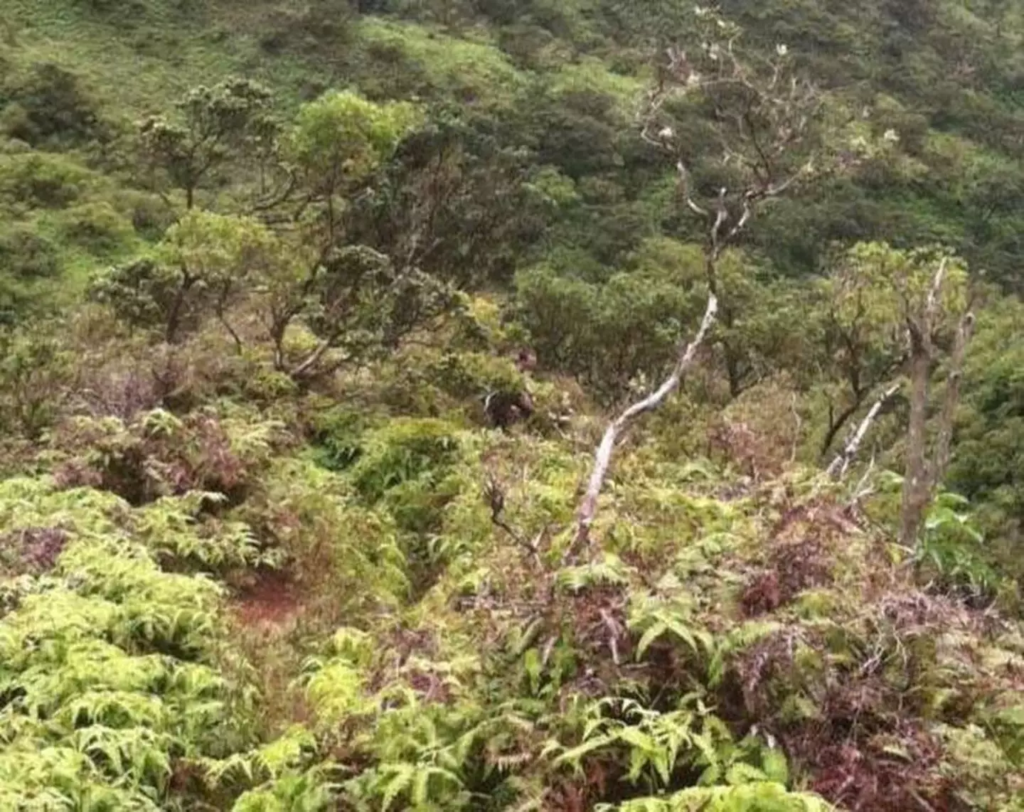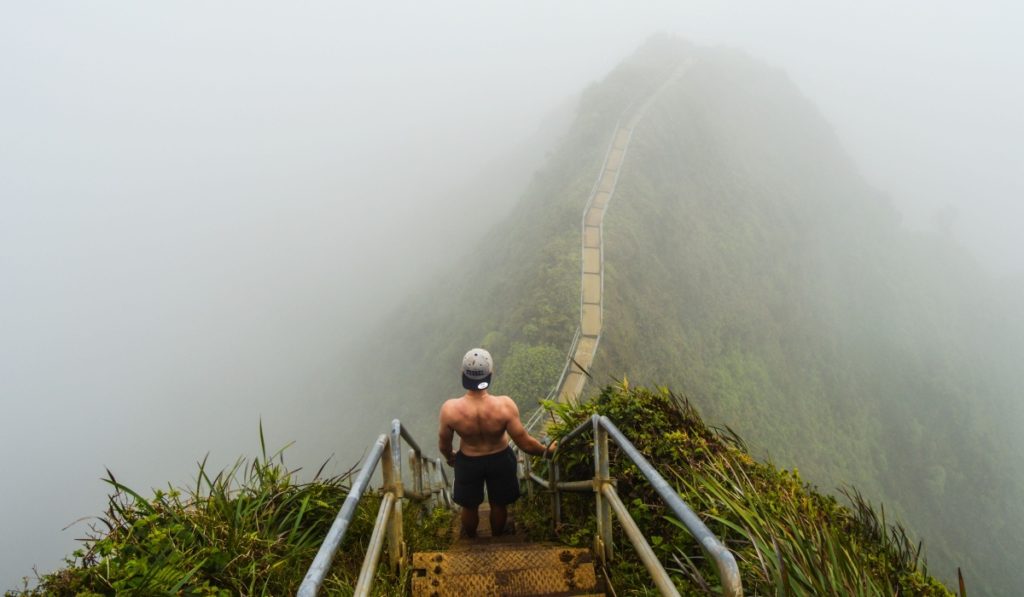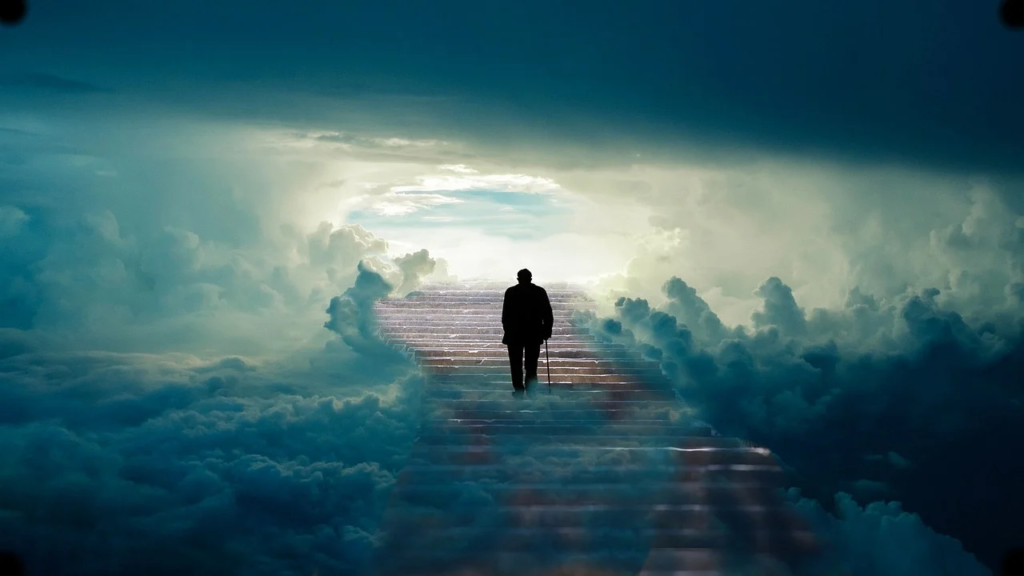The mysterious disappearance of a teenager on the “Stairway to Heaven” hiking trail in Hawaii has left many baffled. But a chilling photo taken by the teen just before his disappearance might hold crucial clues. This article delves into the case of Daylenn Pua, the infamous trail, and the potential evidence captured in his final photos.
The Stairway to Heaven: An Overview

The Stairway to Heaven hiking trail, often referred to as the “Haiku Stairs,” is a steep and hazardous trail located on the island of Oahu, Hawaii. Constructed during World War II, the steps were built to provide access to a Naval communication facility. The trail is made of 3,922 steps and spans the Ko’olau mountain range, offering breathtaking views of Oahu. Despite its beauty, the trail is illegal to climb due to safety concerns and comes with the risk of severe penalties, including fines and possible jail time for trespassers.1
Daylenn Pua’s Disappearance

On February 27, 2015, 17-year-old Daylenn Pua set out to hike the Stairway to Heaven hiking trail. Visiting his grandmother in Hawaii, Pua was eager to explore the trail despite being warned about its dangers and illegality. He documented his journey through photos sent to his grandmother, but ended up never returning home. An extensive search team of volunteers and Navy drones failed to locate him, and he has been missing ever since.2
The Chilling Photo

Among the photos Daylenn sent during his hike, one image stood out and has since become a focal point in the investigation. When zoomed in, this photo reveals the figure of a person crouching in the undergrowth. The identity and intentions of this individual remain unknown, but the presence of another person in such a remote and dangerous location has fueled suspicion and some theories about Daylenn’s fate.
Speculations

The photo’s revelation led to various theories. One prominent hypothesis is that Daylenn was followed up The Stairway to Heaven and potentially harmed by the unidentified figure. The idea that Daylenn could have been attacked or abducted by this person has gained traction, especially since no traces of him were found despite thorough searches. Some believe this person holds critical information about what happened to Daylenn, but their identity remains a mystery.
Legal and Safety Concerns of the Stairway

The Stairway to Heaven has long been a controversial and dangerous hiking destination. Closed to the public in 1987 due to safety concerns, the trail remains illegal to hike today.3 Trespassers risk significant penalties like hefty fines and jail time. The stairs are treacherous, with narrow paths and steep drops, posing severe risks even to experienced hikers. Despite the dangers and legal repercussions, the trail continues to attract adventurers.
The Future of the Stairway to Heaven Hiking Trail

The fate of the trail has been a subject of debate for years. In recent developments, the City and County of Honolulu have approved significant funding for the stairs’ removal, citing ongoing safety concerns and the burden on local residents. Despite opposition from the hiking community, plans for deconstruction are moving forward, with demolition expected to begin in late April 2024. This decision aims to mitigate the risks and legal issues associated with the trail, potentially preventing future tragedies like Daylenn’s disappearance.
Conclusion

The disappearance of Daylenn Pua on the Stairway to Heaven remains an unresolved mystery. The eerie photo he took during his hike hints at a possible encounter with an unknown individual, raising questions about his final moments. While the trail continues to draw adventurous hikers despite legal and safety warnings, the push to demolish the trail underscores the need to prevent further incidents. As authorities and the community grapple with the trail’s future, Daylenn’s case serves as a poignant reminder of the dangers hidden behind the allure of adventure.
